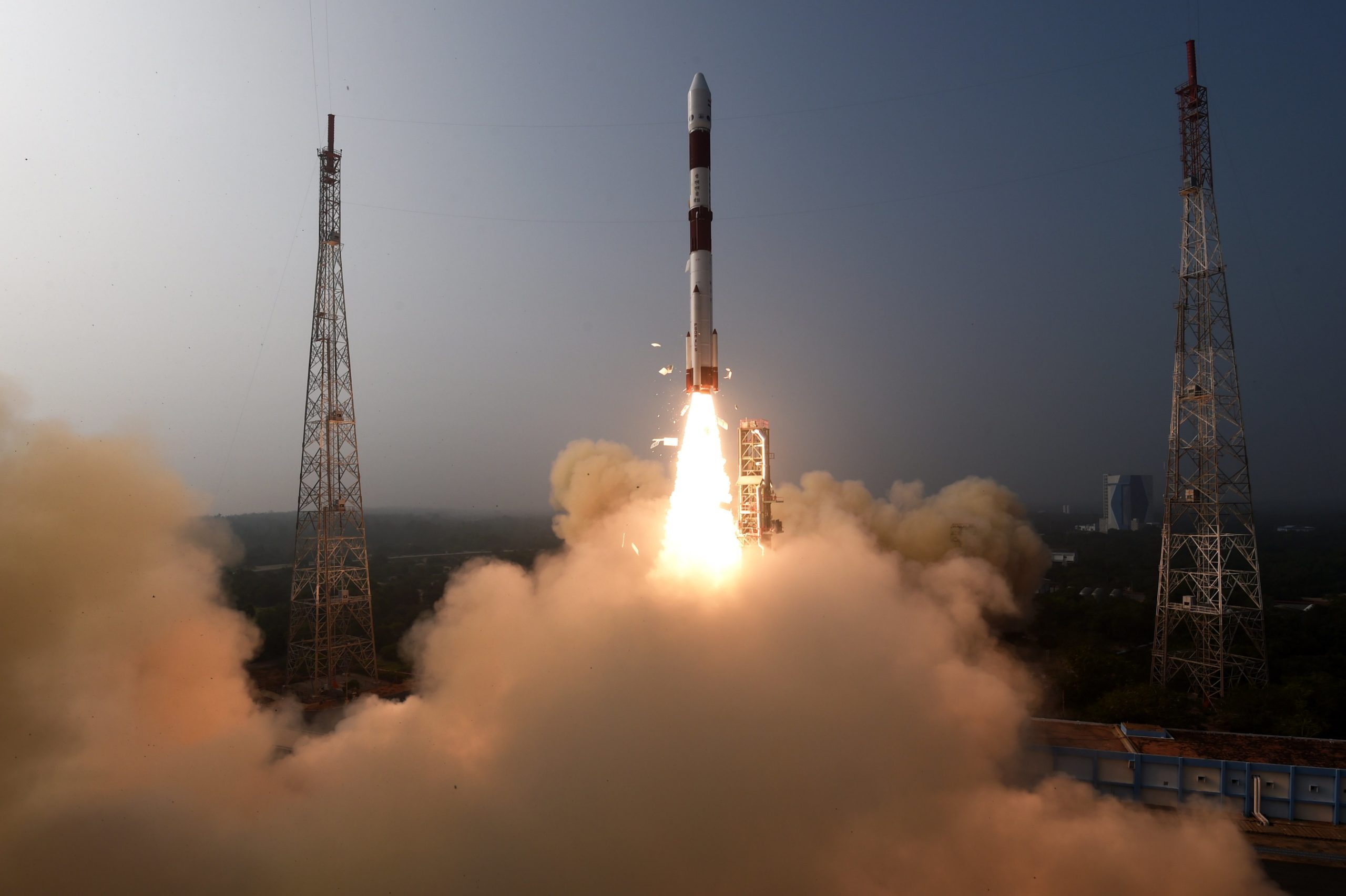
India’s space agency, ISRO, has successfully sent its inaugural satellite into space with a mission to study black holes. This event marks a significant step forward in space exploration. The satellite, known as the X-ray Polarimeter Satellite (XPoSat), was launched on Monday using ISRO’s PSLV rocket.
This launch places India as the second of top nations in the world that are equipped to study black holes and other celestial phenomena from an orbiting observatory. The satellite, positioned in a low earth orbit, is carrying two scientific tools designed to investigate different sources of X-rays in our vast universe.
Looking ahead to 2024, ISRO has revealed ambitious plans, including preparations for its inaugural crewed mission to space, as reported by The Independent.
NASA’s comparable mission from 2021
In December 2021, NASA initiated a comparable mission that provided valuable insight into the aftermath of supernova explosions and the particle streams emitted by black holes.
India’s recent mission, expected to span approximately five years, aims to enhance our comprehension of X-ray emission processes from diverse astronomical sources. This includes black holes, neutron stars, and star-forming nebulae.
The scientific instruments on board the satellite will focus on examining the polarization of powerful X-ray sources in space. This exploration aims to enhance the understanding of the radiation mechanism and geometry associated with these celestial sources.
#ISRO begins 2024 in Style!
Successful launch of PSLV-C58/ 🛰 XPoSat Mission.
Proud to be associated with the Department of Space at a time when Team @isro continues to accomplish one success after the other, with the personal intervention & patronage from PM Sh @narendramodi. pic.twitter.com/cisbjpUYpH— Dr Jitendra Singh (@DrJitendraSingh) January 1, 2024
Black holes and neutron stars, both ultra-dense entities in space, originate from the remnants of dying stars, according to The Independent. Black holes consist of an immense mass, many times greater than that of the Sun, densely packed into a small space.
Moreover, the gravitational force within these entities is so formidable that even light cannot escape; it is drawn in, making black holes cosmic phenomena with an unparalleled gravitational influence.
ISRO aims to study about 50 potential cosmic sources
ISRO’s recent mission aims to study approximately fifty potential cosmic sources over an extended period using its advanced satellite. The mission follows a series of successful launches by ISRO in 2023, including the Chandrayaan-3 mission, which achieved the remarkable feat of landing a probe on the lunar South Pole.
Additionally, a satellite dedicated to studying the Sun was also successfully launched, showcasing India’s growing prowess in space exploration. After the successful launch on Monday, ISRO’s Chief S. Somanath announced that the space agency is diligently preparing for its much-anticipated inaugural crewed mission to space in 2024.
The Gaganyaan mission initiated with the TV-D1, also known as the abort mission, was conducted in October. This marks the first in a series of four such missions. Moreover, the objective is to carry out at least two more in 2024. By then, ISRO aims to have completed three abort mission demonstrations, according to S. Somanath.
See all the latest news from Greece and the world at Greekreporter.com. Contact our newsroom to report an update or send your story, photos and videos. Follow GR on Google News and subscribe here to our daily email!



